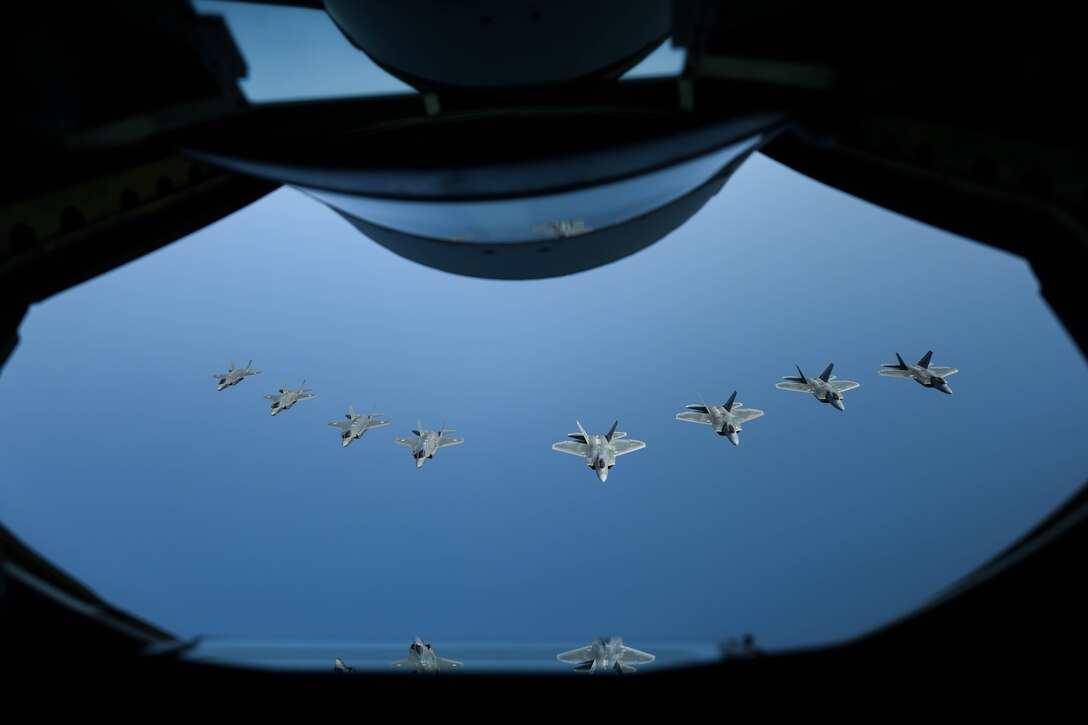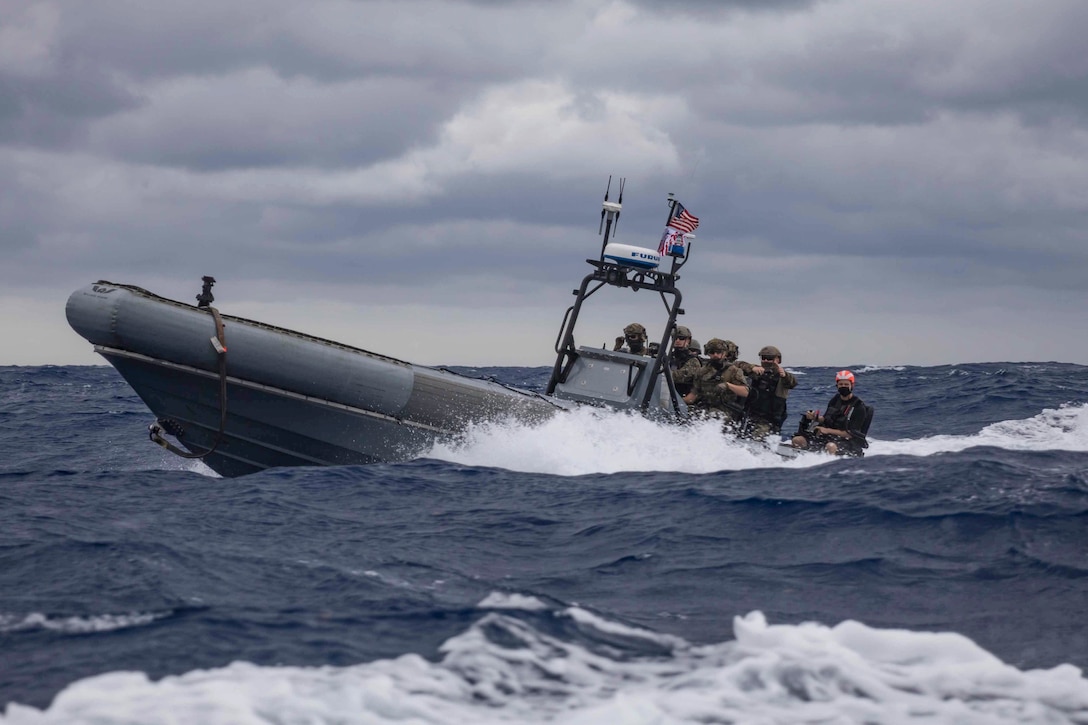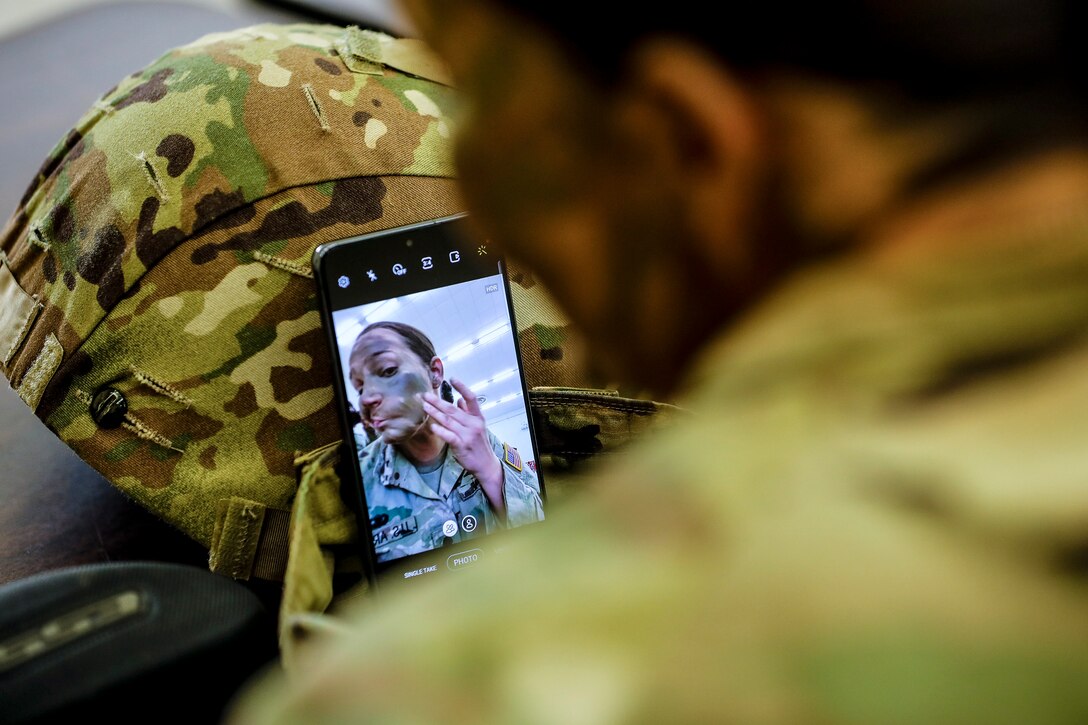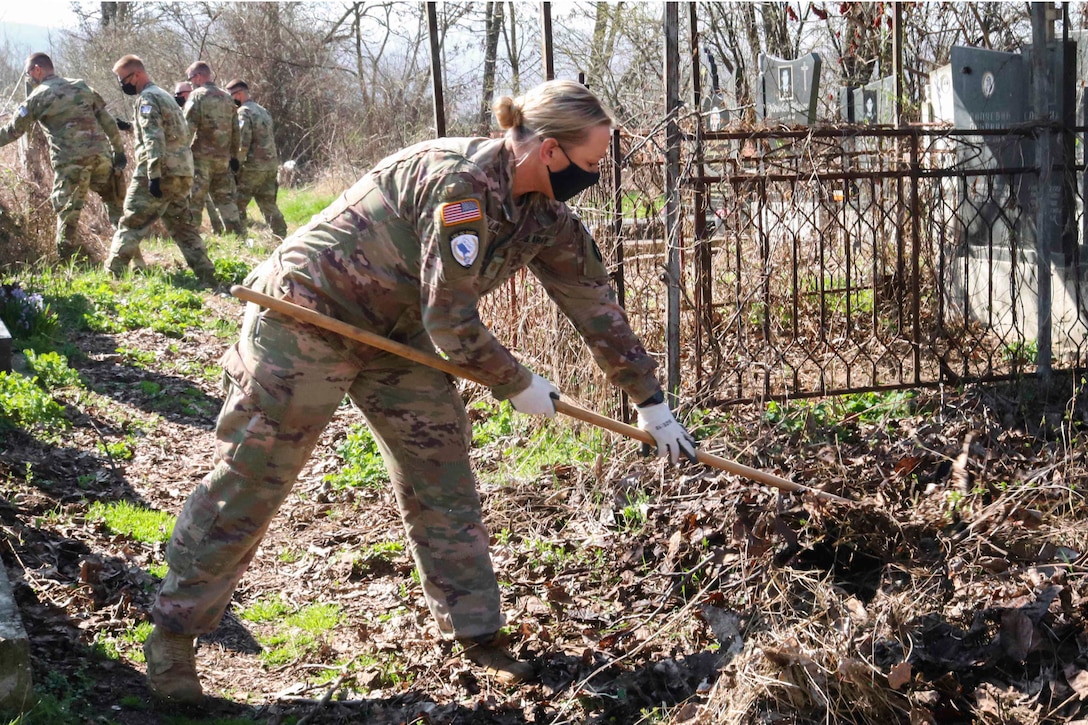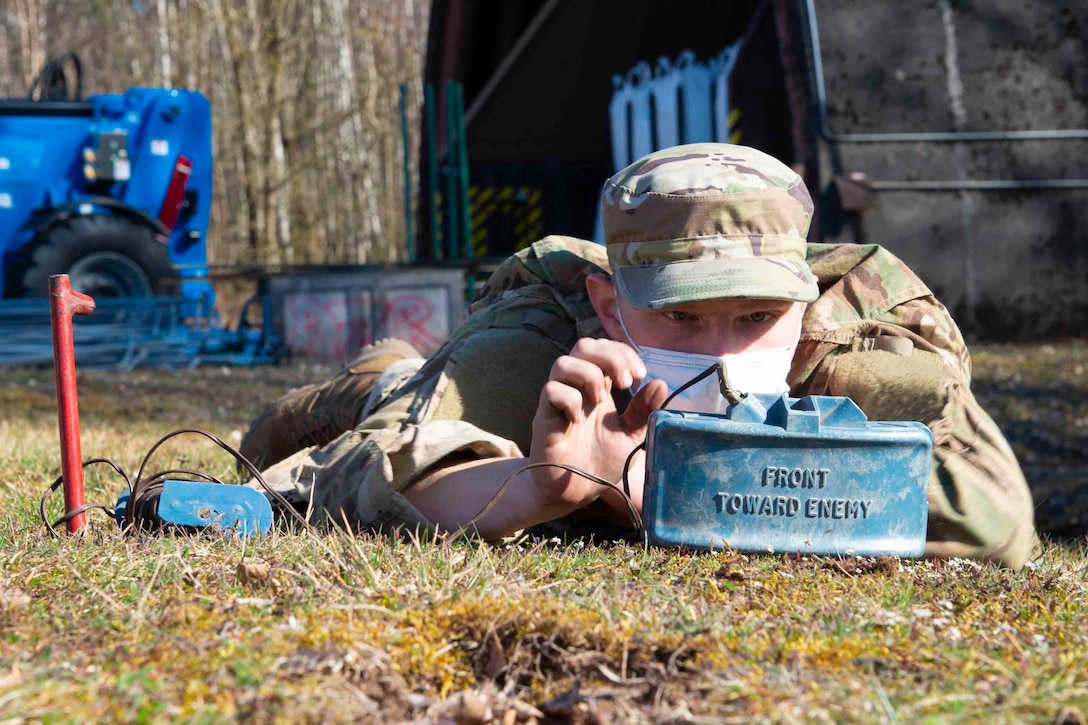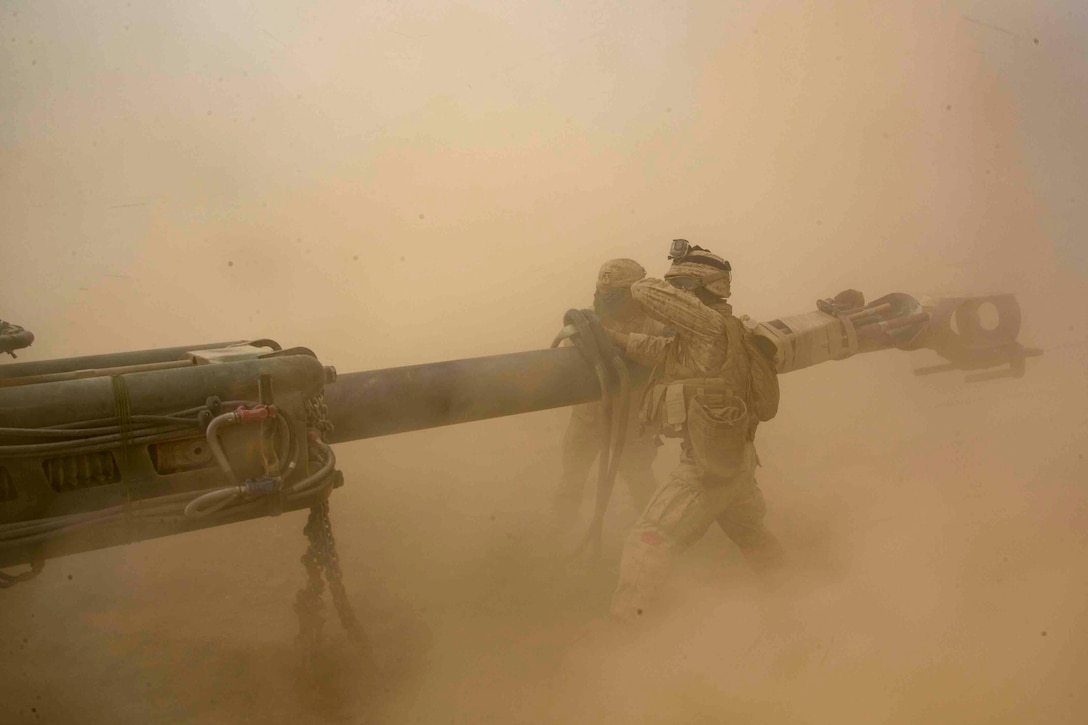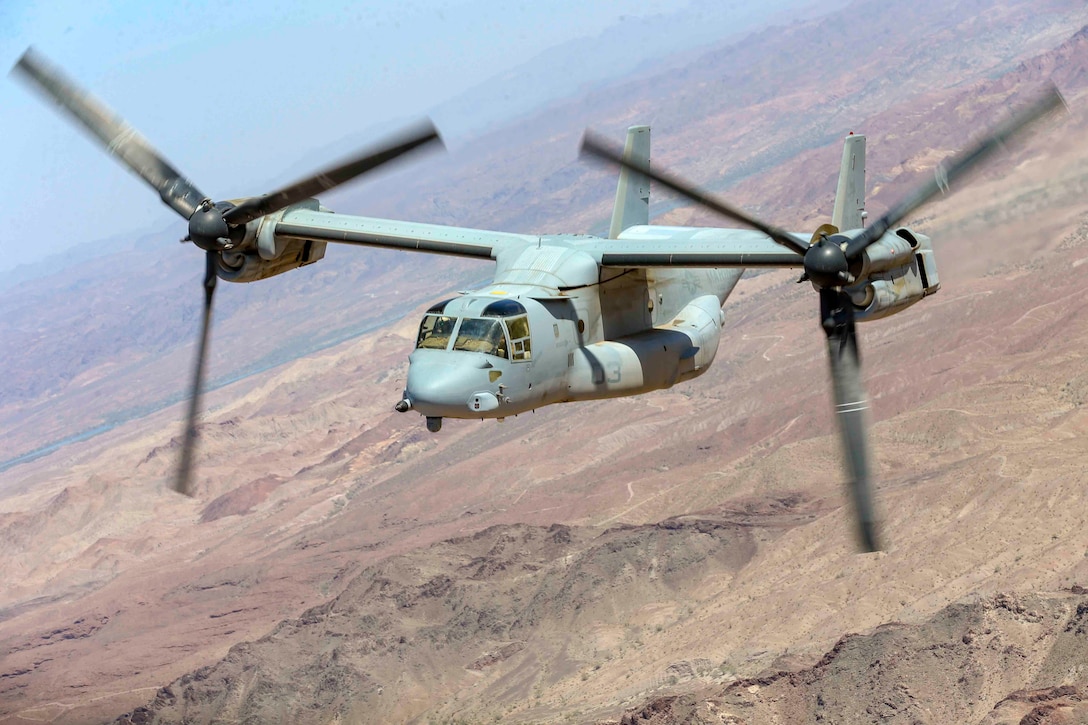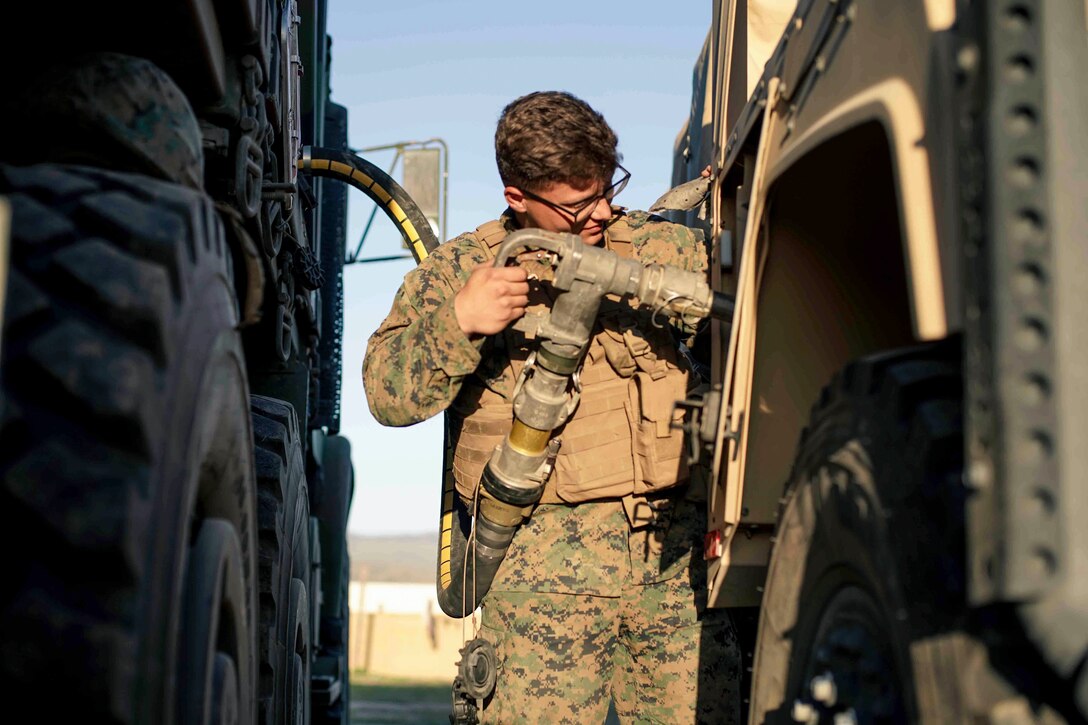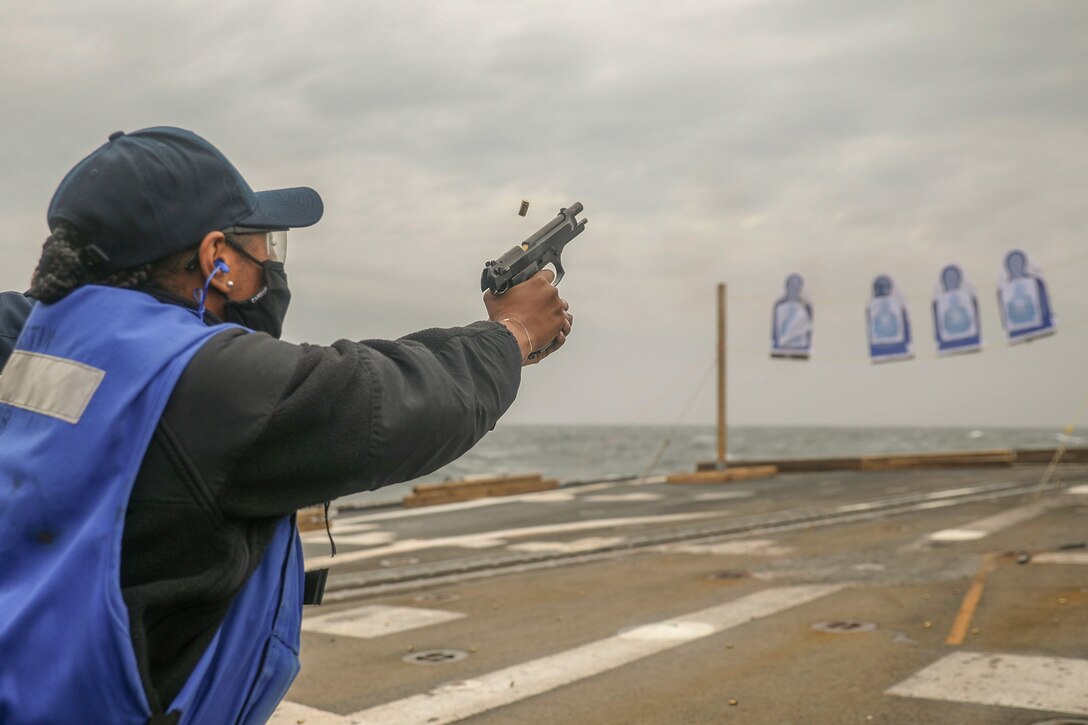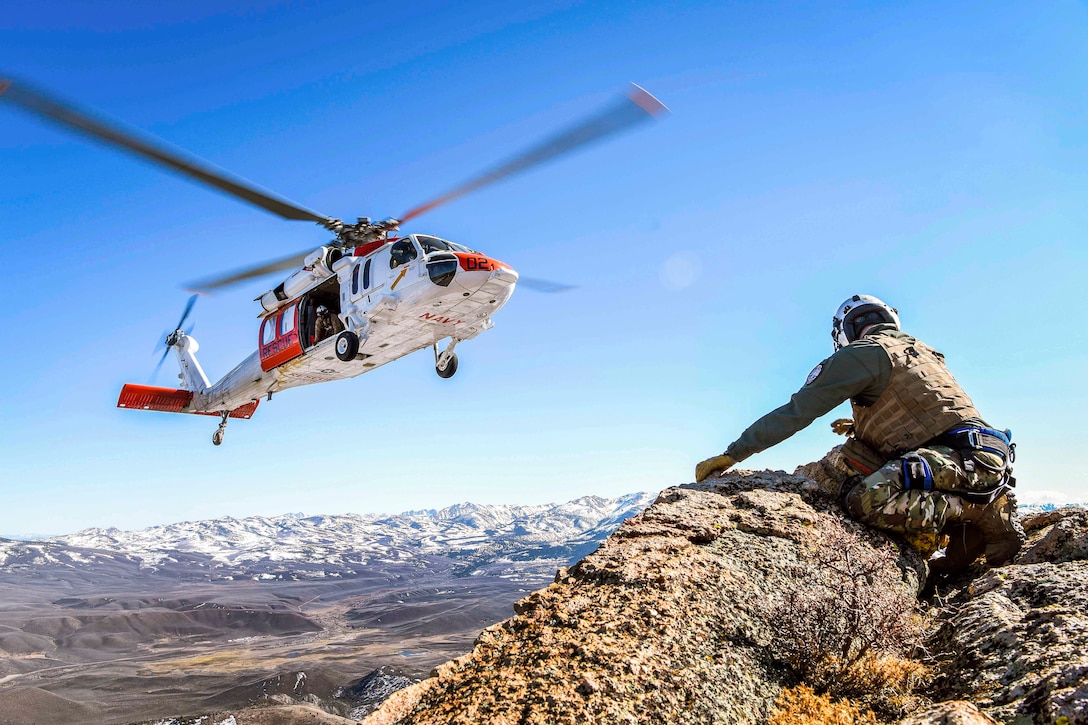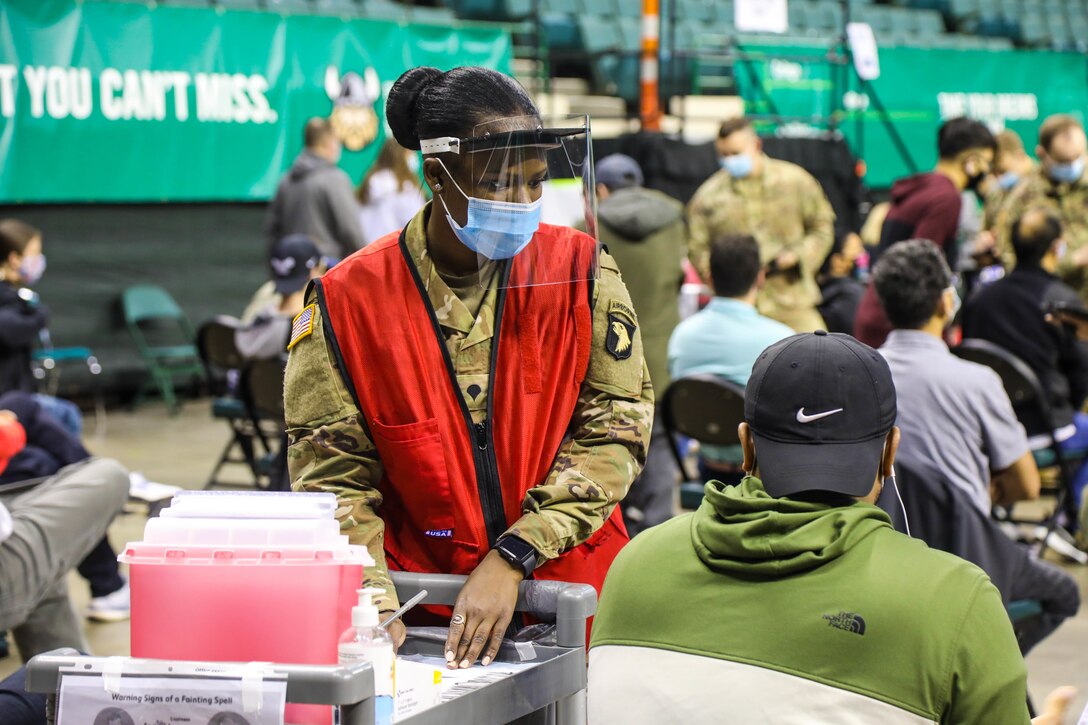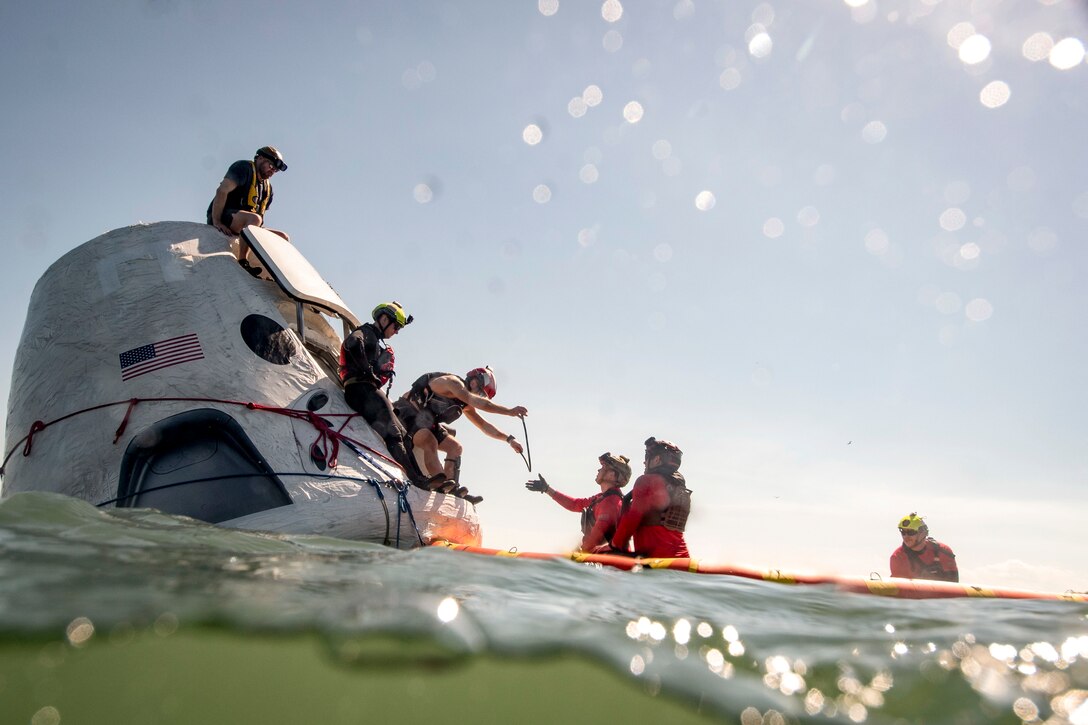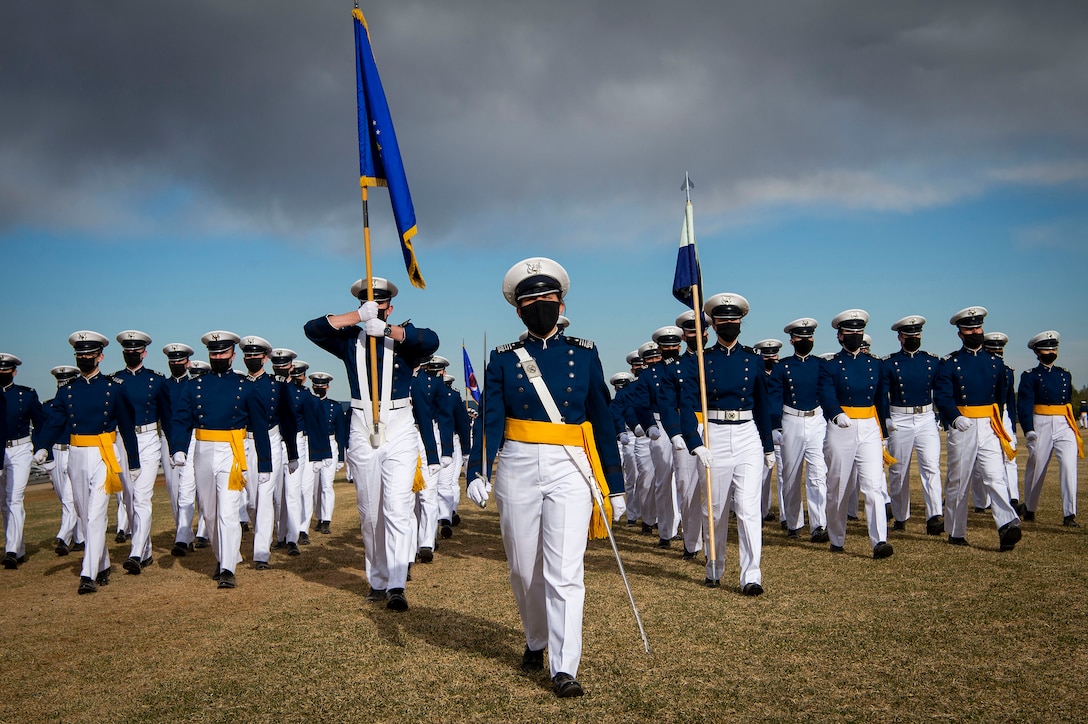April 9, 2021
President Biden
Outlines Defense Proposals to Make Key Investments to Defend the Nation
through Modernization, Innovation, and Enhanced Readiness
The Biden-Harris Administration today submitted to Congress the
President’s priorities for fiscal year 2022 discretionary spending. The
funding request, totaling $715 billion, invests in the core foundations
of our country’s strength and advances key Department of Defense
priorities to defend the Nation, innovate and modernize the Department,
build resilience and readiness, take care of its people, and succeed
through teamwork.
“The pursuit of our national security interests requires investments
that target and align our priorities and capabilities to address the
constantly evolving and dynamic threat landscape,” said Secretary of Defense Lloyd Austin.
“The President’s discretionary funding request represents an important
investment that will ensure the Department’s resources are matched with
our strategy and policy to defend the nation and take care of our
people, while revitalizing the key alliances and partnerships to
succeed.”
The President’s FY22 discretionary request:
- Defends the Nation. The discretionary request
addresses threats to the Nation by prioritizing the need to counter the
pacing threat from China as the Department’s top challenge, deterring
nation-state threats emanating from Russia, Iran, and North Korea,
funding investments in long-range strike capabilities to bolster
deterrence and improve survivability, and promoting climate resilience
and energy efficiencies.
- Innovates and Modernizes. The discretionary
request makes key investments in technology and modernizes the force.
The Department will support defense research and development to spur
innovation, optimize U.S. Navy shipbuilding, modernize the nuclear
deterrent, and invest in hypersonics, artificial intelligence,
cybersecurity, microelectronics, and quantum science. In order to
prioritize these key investments, the Department will propose to
redirect resources to its top priority programs, platforms, and systems
by divesting legacy systems with less utility in current and future
threat environments.
- Maintains and Enhances Readiness. Our Soldiers,
Sailors, Airmen, Marines, and Guardians remain the best trained and
equipped force in the world and are always ready to fulfill our most
solemn obligation to protect the security of the American people. The
discretionary request maintains and enhances readiness while addressing
threats to readiness, including hate group activity within the military,
and prioritizing strong protections against harassment and
discrimination.
- Takes Care of Our People. Our military members,
families and civilian personnel are key to the readiness and well-being
of the All-Volunteer force, and therefore are critical to our national
security. The discretionary request prioritizes programs that enable the
growth and development of our workforce; improves recruiting,
retention, training and education; and directly supports military
spouses, caregivers, survivors, and dependents. A major element to
readiness and the development of our people remains our diversity and
the opportunities afforded to all. Therefore, through its focus on
personnel readiness, this request will help us achieve a more diverse
and effective workforce.
These discretionary investments reflect only one element of the
President’s broader agenda. In the coming months, the Administration
will release a Budget that will build on this discretionary funding
request and detail a comprehensive fiscal vision for the Nation that
reinvests in America, supports future growth and prosperity, meets U.S.
commitments, and does so in a fiscally sustainable way.
For more information on the President’s FY22 discretionary funding request, please visit: https://www.whitehouse.gov/omb/FY-2022-Discretionary-Request/.

